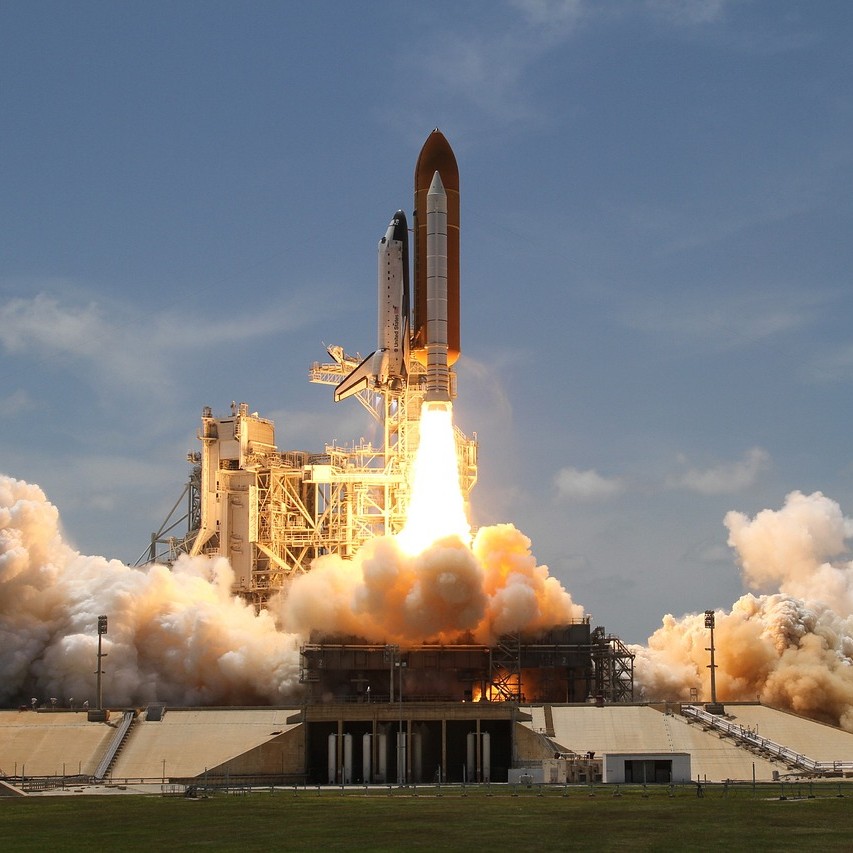Published:
The Space Race was one of the most defining moments of the 20th century. Over the past few years, countries from all over the world have ramped up their space programs. In August 2023, India became the first nation to land near the Moon’s southern pole. Recently, NASA’s future moon mission has been moved back to 2025, leaving the lead for space exploration open to the many government-funded or private space programs.
The Artemis program is NASA’s latest space program, which, by the end, hopes to see the first astronauts to land on the Moon since the Apollo program in 1972. Due to technical issues, the next flight, which would have sent NASA astronauts into orbit around the Moon, has been pushed back a year, with a new target date of September 2025. This means the plan to get astronauts back on the Moon has been pushed back to 2026. While the United States is still the only nation to put people on the Moon, that doesn’t mean they are the only country racing to get back on the Moon.
India has had the most recent success. In August 2023, India became the first to land a space shuttle on the Moon’s southern hemisphere. This is especially important because scientists predict frozen water reservoirs could be closer to the Moon’s southern pole. This also marks the fourth country to successfully do a moon landing, joining the previously mentioned USA, China, and Russia. China and Russia are both also trying to reinvent their space programs. Russia launched its first space mission in 47 years on August 19, 2023. While it made it to the Moon, complications caused the landing to be faulty. This has not stopped Russia’s push as they expected to keep up with their future attempts on schedule. China is also currently expanding. China’s space station orbits Earth, which it plans to upgrade over the upcoming years. They also plan to put astronauts on the Moon by 2030.
The four previously mentioned countries are the prominent “powerhouses” in this new-age space race. Still, plenty of smaller countries and private companies want to put their names in the hat. Right now, the biggest outside party in the news is the American private company SpaceX. On January 17, SpaceX plans to send four astronauts to the International Space Station with Axiom Space today. This trip will send an astronaut from Algeria, Sweden, Italy, and Turkey. One area of the world that is also pushing this space race is the Middle East. The UAE has sent probes and satellites to Mars. Their efforts have helped create the best high-definition map of Mars that we have to date. In 2019, Israel also joined the race to put a rocket on the Moon, with their first attempt crashing on its surface. More than 80 countries have decided to start space programs or insert themselves into the industry.
Since the first space race ranged from the 1950s to the 1970s, some things have stayed the same. Exploring space and figuring out what is beyond our planet has always been at the forefront of exciting topics. Another thing that hasn’t changed is that all of the world’s top powers want to be the first to figure out all the mysteries that lie out there. This friendly competition between space programs should keep the exploration of the Moon, mars, and space, in general, reaching new strides quicker than ever. It will be interesting to see where this new-age space race will take us in the upcoming years.
File under






